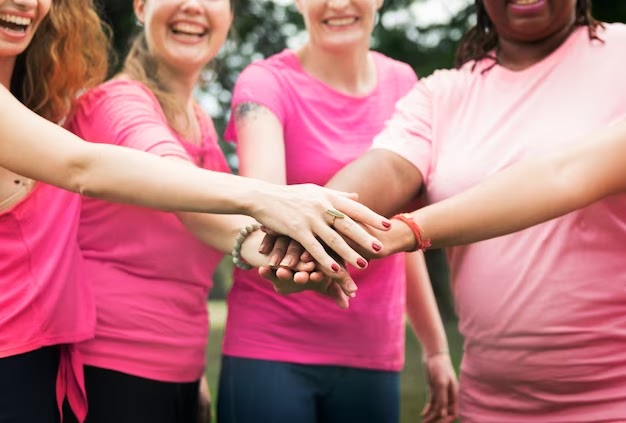The Wounds You Can’t See: What Burn Patients Taught Me About Emotional Healing and Belonging
The Wounds of Being a Social Outcast
During my university days, around when I was 23, I was studying Clinical Psychology. That year, as part of our practicum, we were sent to a hospital for an internship. Our assignment? To observe and study burn patients.
Yes, you read that right — burns patients. Those who arrived with 10%, 20%, sometimes even 30% burns across their bodies. The smell of antiseptic mixed with pain. The silence of people who had lost more than just skin — some had lost their sense of belonging, their confidence, their place in the world.
During that internship, two patients left an unforgettable mark on me.
The first was a young girl, maybe in her twenties. Her mother — a frail, aging woman — was the only one by her side. Day after day, I watched that mother sit quietly beside her daughter, holding her hand, whispering prayers under her breath. There was no crowd, no friends, no extended family — just two souls, fighting against the inevitable.
The second case was a couple — an Iranian wife and a Bangladeshi husband. They too were victims of a tragic accident. But unlike the first, the husband was there every single day. I would see him help her eat, adjust her pillow, and speak softly to her even when she couldn’t respond. He held her hand as if his love could pull her back from the edge.
Both women had severe burns, but their outcomes couldn’t have been more different. The girl with only her mother — she didn’t make it. The Iranian woman, on the other hand, began to show improvement within just two weeks.
It wasn’t the medicine alone. It was the presence. The emotional support. The belonging.
That internship ended, but the memory stayed. I didn’t just learn about burns or trauma — I learned about the invisible wounds that come from isolation.
You see, physical injuries can heal with time and treatment. But the pain of being a social outcast — of being left alone when you need comfort — that pain seeps deeper. It burns where no ointment can reach.
So, for anyone reading this: next time you see someone hurting — whether physically, mentally, or emotionally — show up. You don’t have to fix them. Just be there.
A gentle word. A small pat on the shoulder. A simple, “I’m here if you need me.”
Sometimes, that’s all it takes to turn pain into healing.
Because in this world full of silent struggles, kindness is the only medicine that never runs out.











Comments
Post a Comment